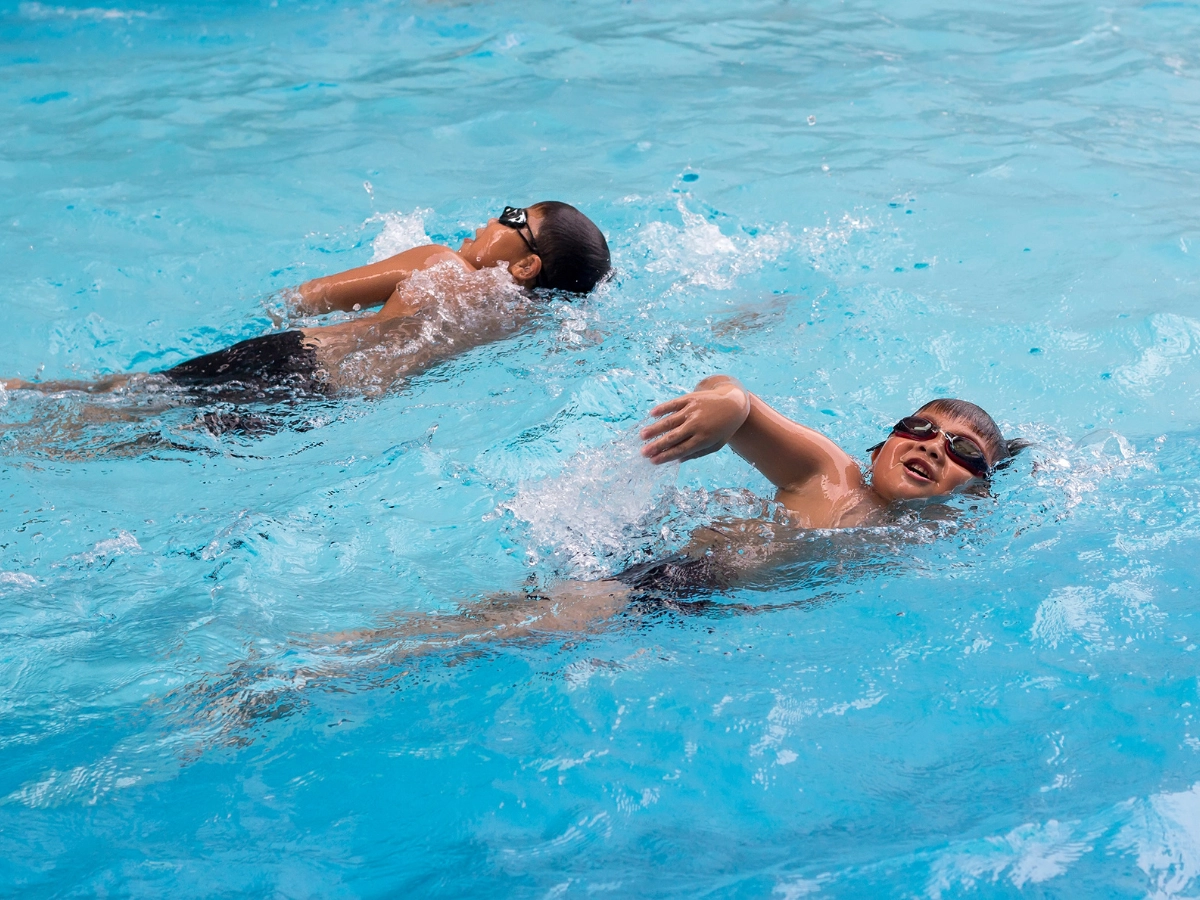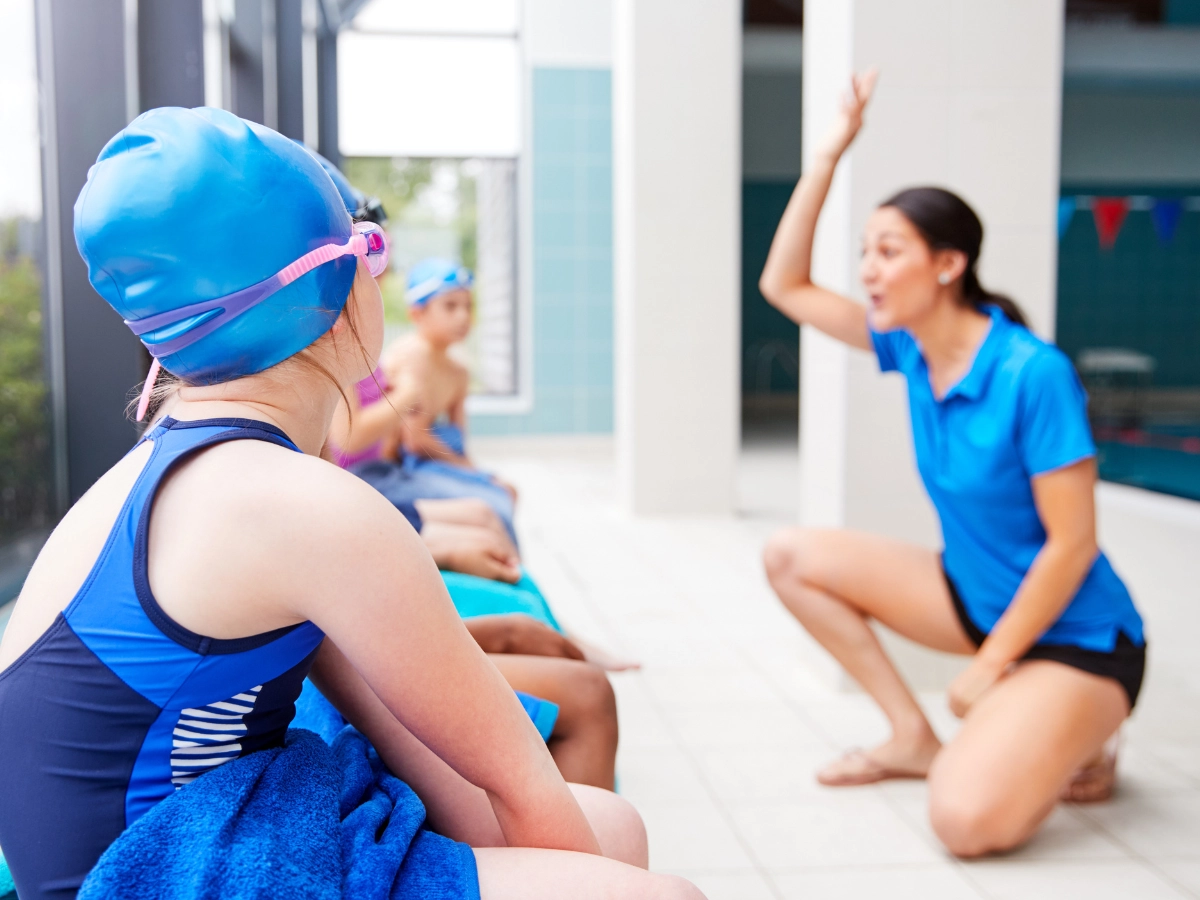Anyone can get swimmer’s ear. It’s not simply an issue for competitive swimmers. In fact, you needn’t be swimming at all to get swimmer’s ear – but it certainly increases the chances.
So what is swimmer’s ear anyway?
Swimmer’s ear (otitis externa) is an infection that occurs in the outer canal of the ear when bacteria starts to breed in excess water sitting in the outer ear canal. (Some swimmer’s ear can be caused by fungus or a virus, but this is quite rare.) The water could come from anywhere, such as the shower, but it often comes from swimming. Three factors increase the likelihood of developing swimmer’s ear:
- Prolonged exposure to the water.
- The level of germs found in the water. A natural body of water, like a lake, will typically have more germs than a pool. However, a pool that’s not well-maintained can have germs too.
- Damage to the outer ear canal that increases the chances that excess water will remain in the canal, thus creating more opportunities for bacteria to settle in and grow.
From these factors, it’s obvious how regularly swimming at a public pool can increase the chances of getting swimmer’s ear. Swimming schools can go a long way to protecting swimmers by maintaining the cleanliness of their pool and facilities.
As for protecting the outer ear canal from damage where water can collect – that’s on the owner of the ear. The ear, including the outer canal, is designed with some natural defenses. The canal itself has a slight downward slope so foreign substances can naturally roll out.
It also generates earwax. Yes, earwax serves a purpose. Wax is naturally water repellant, so the earwax also helps keep water out of the ear. It also protects the skin of the canal from tears where bacteria can start to grow. Anything someone sticks in their ear can cause such tears. Worse, these items often remove earwax itself. Potentially destructive items include fingers, cotton swabs, and earbuds.
How to tell if you have swimmer’s ear
Swimmer’s ears symptoms get progressively worse if it’s left untreated. The first signs could be any itching feeling in your ear or other forms of mild discomfort. It can also leave one with muffled hearing in the affected ear. If you tug on your ear or press against the outside (common to try to “pop” that muffling), the pain will spike while you do that. The ear may also start to look reddish and inflamed.
If left untreated, all these symptoms will get worse. It’s also common for fluid or pus to start draining from the ear. This drainage may even occur in the early stages of swimmer’s ear.
If the infection spreads beyond the ear canal, then the pain and inflammation may spread as well, into the neck, face, or head. A swimmer’s ear infection can even spread to the lymph nodes. If the swimmer’s ear pain has moved past the ears, then a doctor’s visit is overdue.
What swimmer’s ear is not
Swimmer’s ear is not the same as common ear infection kids so often suffer. The typical childhood ear infection occurs in the middle ear, not the outer canal. It’s often the result of bacterial or viral infections, but not those caused by excess water in the outer ear canal.
Being prepared for swimmer’s ear
If a child is going to be swimming regularly, that’s great for the child’s current and future health! Don’t let the potential of swimmer’s ear stop you. Now that you know what it is and how to spot it, read about how you can prevent it and treat it.
 hbspt.cta.load(3803665, ‘9aa4eb1b-8bcc-42dd-8bf0-f4a580b243da’, {});
hbspt.cta.load(3803665, ‘9aa4eb1b-8bcc-42dd-8bf0-f4a580b243da’, {});














